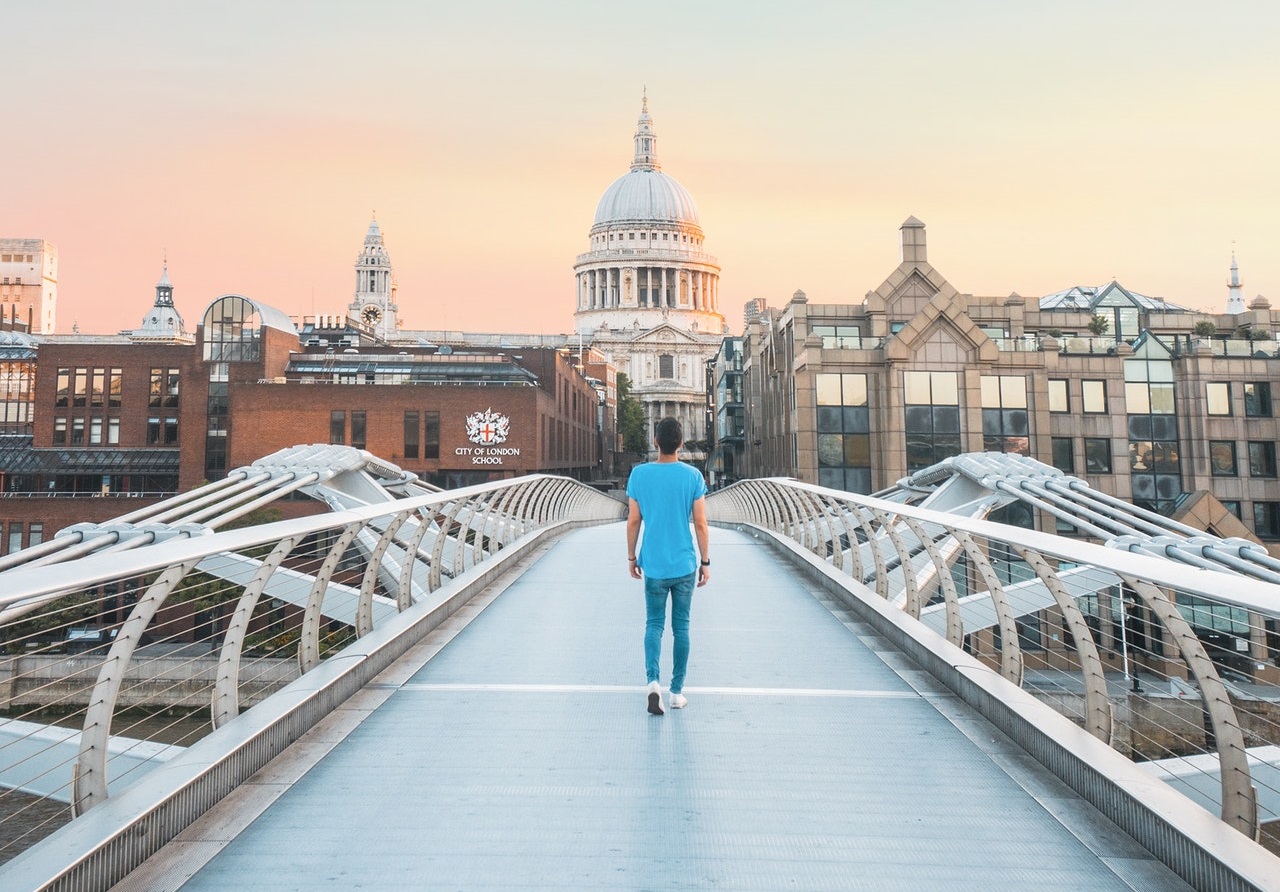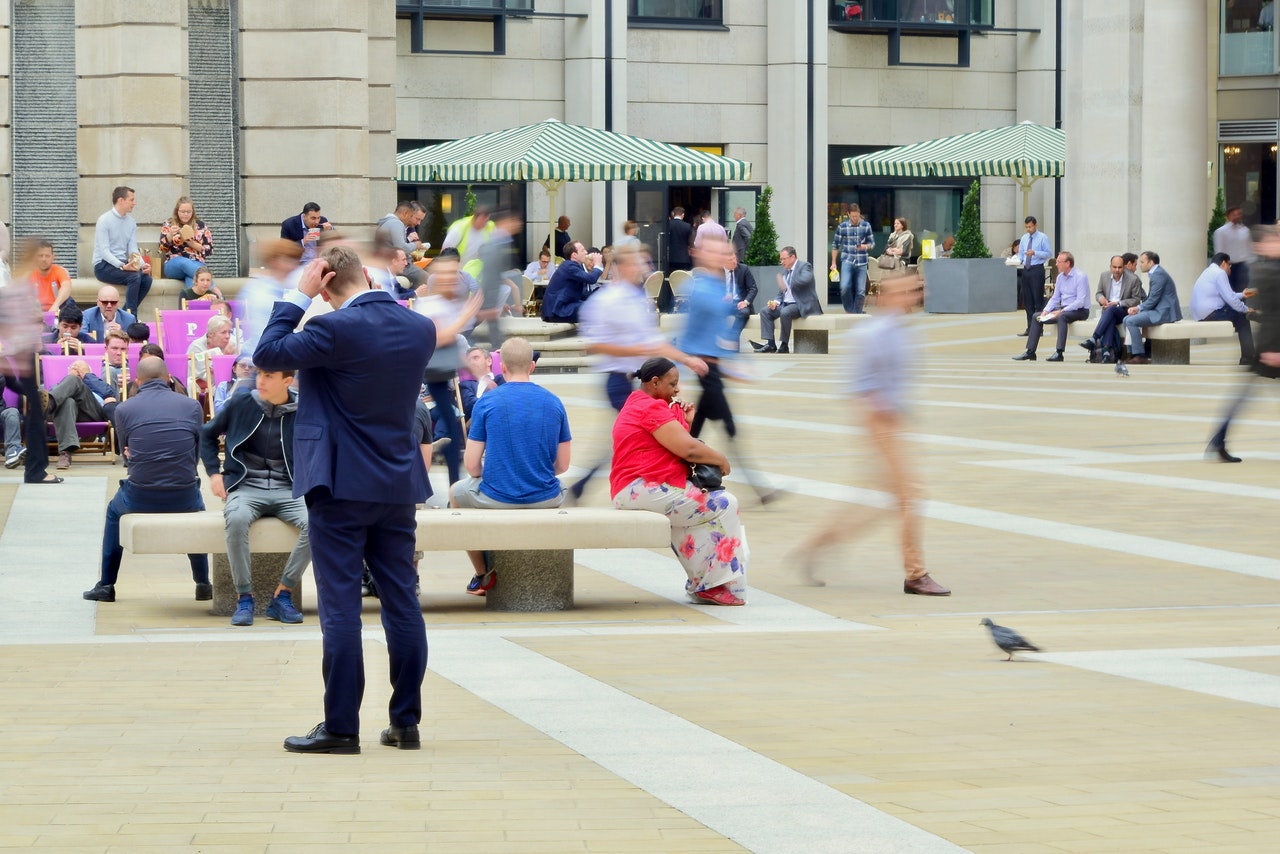The City of London Corporation has detailed its transport plans to ensure the gradual safe return of people who work, live and visit the Square Mile.
The plan was agreed by the Planning and Transportation Committee in the first phase of the decision making process.
The transport response will support City businesses in their Covid-19 recovery, while also ensuring that residents, workers and visitors are safe and feel comfortable travelling into and within the Square Mile, particularly when travelling on foot, by bike and on public transport.
The plan is aligned to the principles in the City Corporation’s radical Transport Strategy and sets out the short and long term objectives for delivering the changes that will be needed for the safe return of the City’s working population.
The programme of activity will see changes to streets in the Square Mile to provide additional space for people walking and cycling. And it will look at measures to support businesses, encourage travel on foot and by cycle, and manage demand on public transport.
Streets in the City have been classified into three tiers, based on the level of intervention that will be needed to make them safe enough to maintain social distancing.
Tier one streets will be prioritised for change. Proposed changes to tier one streets are:
- Timed closures to motor vehicles (24/7 or 7am – 7pm, where necessary allowing limited access to premises for essential vehicles).
- Reallocation of carriageway to space for walking, queueing and cycling and providing priority for buses.
- Closures to through traffic or other changes in operation (e.g. switching to one-way).
NOW READ: City residents urged not to take day trips to exercise
For phase one of the project six City locations have been identified for adaptation. These have been prioritised based on pedestrian flows, pavement width, cycling demand and connections to destinations, retail and transport hubs.
The streets are:
- Cannon Street between Queen Victoria Street and Monument junction
- Cheapside and Poultry
- Old Jewry and Coleman Street
- Lombard Street
- Leadenhall Street and St Mary Axe
- Threadneedle Street and Old Broad Street
Tier two streets will require little or no reallocation of space but might require closures to through traffic or other changes in operation for example, switching to one-way to reduce through traffic.
Tier 3 streets are unlikely to require any significant change to layout or operation. Some reallocation of space may be required where pavement widths are below 2-3 metres, in places where queuing may occur or where space needs to be provided for people cycling.
Across all streets, changes will be delivered in stages and reviewed on an on-going basis.
Alastair Moss, chair of the Planning and Transportation Committee, said: “The safety and security for the people who work, live and visit the Square Mile is our number one priority.
“We are keen to get the City back on its feet in a safe and sustainable manner. That is why we are prioritising space for pedestrians and cyclists as any significant increase in the use of cars or taxis would lead to congestion, increased air pollution and road danger.
“We will continue to support businesses in the Square Mile in their Covid-19 recovery and ensure that the City remains a safe and attractive location.”
In addition, further measures will include:
- Markings, signage and campaigns to facilitate queueing, promote social distancing and encourage safe and considerate behaviour by all street users.
- Setting an advisory 15mph speed limit.
- Temporarily reallocating some on-street parking bays to cycle parking and dockless cycle hire.
The City Corporation will work closely with Transport for London and the City of London Police to implement the plans.
A final decision on the plans will be made by the Policy and Resources Committee in the coming weeks.
For the latest headlines from the City of London and beyond, follow City Matters on Twitter, Instagram and LinkedIn.








